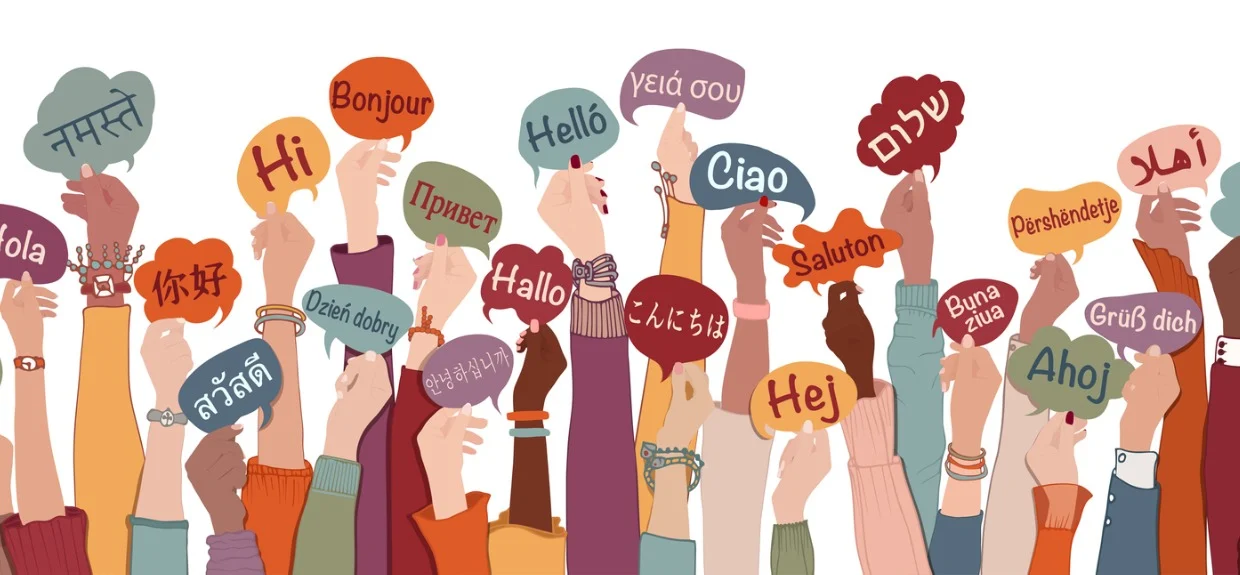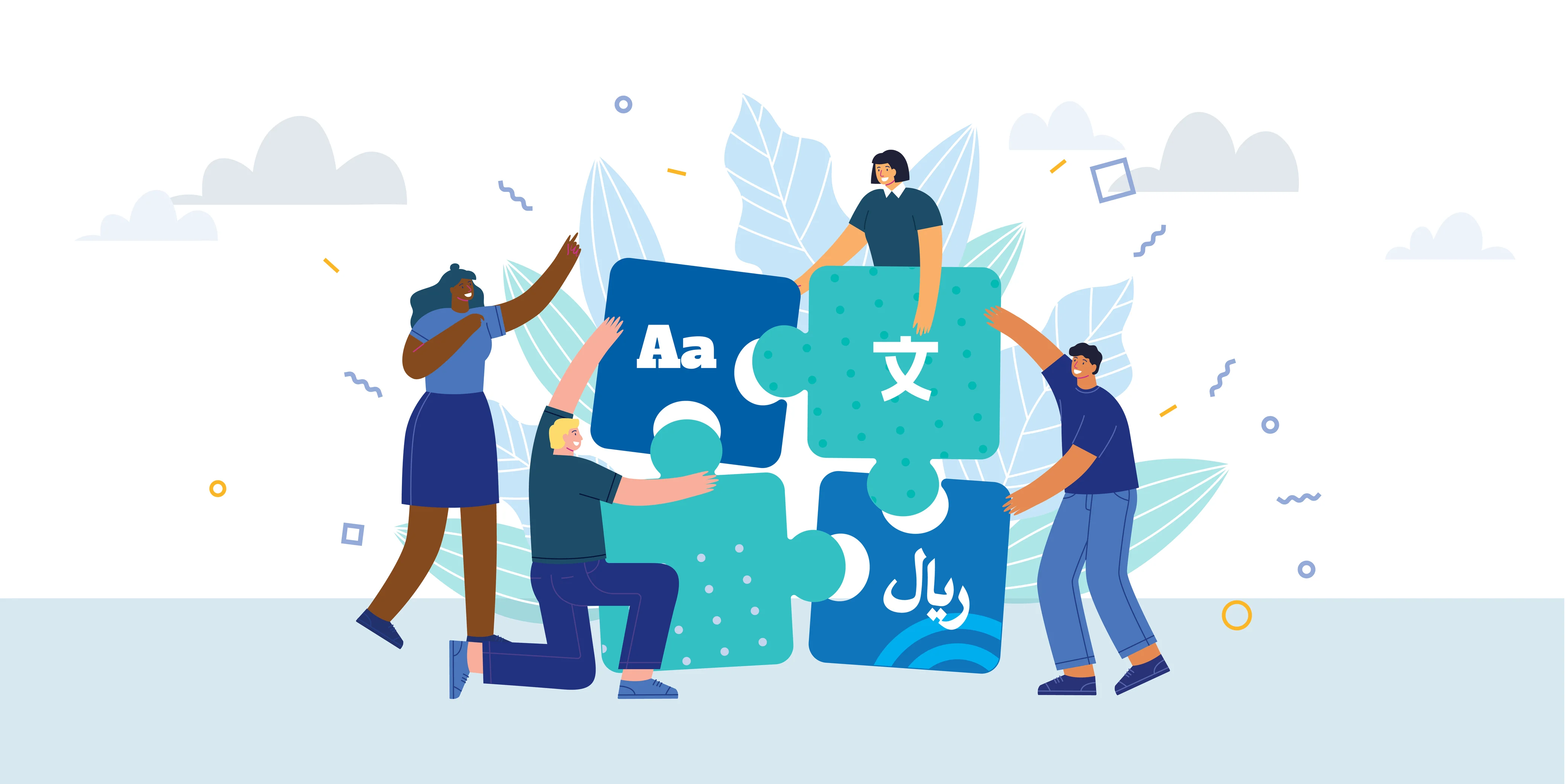In the digital age, images are your brand’s universal language. But when you’re aiming for global reach, a stunning visual in one market can miss the mark in another—unless you localize, not just translate. This guide unpacks why AI-powered image localization is essential, how to integrate it into your workflow, and actionable tips for e-commerce teams, indie devs, and SaaS startups looking to scale internationally.
What Is Image Localization?
Image localization adapts your existing visuals so they resonate with local audiences—beyond just translating text. It means customizing text, layout, design elements, and even cultural symbols so your visual message feels native everywhere you go.
Why it matters:
- Boosts conversion by increasing audience trust
- Preserves brand consistency and design integrity
- Accelerates speed to international markets
Why AI Is a Game-Changer for Visual Localization
Manual image translation was once slow and error-prone, often sacrificing design quality. Today’s AI-powered platforms can:
- Instantly detect and extract embedded text from images
- Support dozens of source and target languages
- Preserve original fonts, colors, and layouts for on-brand results
- Enable easy “skip words” options to protect product names and key UI labels
Result:
You can translate and localize entire batches of images in minutes, not days—giving you a clear edge in fast-moving global markets.
5 Actionable Tips for Effortless Image Localization
1. Always Use Layered, Editable Image Files
Work with formats like PSD, Figma, or SVG where text remains separate from background elements. This saves time and makes AI text detection far more accurate.
2. Maintain a Running “Skip Words” List
List brand terms, specific labels, or product codes that should stay unchanged. AI localization tools can automate these exclusions project-wide.
3. Preview Designs Across Multiple Languages
Different languages can expand or contract text, impacting layout. Test with your top target languages (like French, German, Japanese) before finalizing assets.
4. Leverage AI for Batch Localization
Instead of translating images one by one, use platforms like Loxalize to process multiple assets simultaneously—while reviewing and editing on the fly.
5. Optimize File Alt Text and Names
For better discoverability and AI-driven search rankings, use descriptive, keyword-rich file names and alt text (e.g., “ai-image-translation-fashion-banner-spanish.jpg”).
Real-World Example
Imagine you’re launching a new product line for your e-commerce store. You’ve invested in great photography and banners. With AI-powered localization:
- All product images are detected for embedded English text.
- The platform translates and reflows text into Japanese and German, auto-resizing elements to fit.
- Brand names like “EcoFlash” remain untouched, thanks to your skip-list.
- File exports include optimized alt tags (“eco-friendly smartwatch global image localization”) for better SEO.
Result? You’re ready for launch in multiple regions, ahead of schedule and with polished, brand-perfect visuals.
Take the Fast Lane to Global Markets
AI-driven localization is the future of visual content adaptation. It empowers your team to reach audiences everywhere—without the pain of manual edits or fragmented design.
Want to see smart image localization in action?
Try Loxalize for free today and experience instant, design-perfect translation that puts your message first—wherever your customers are.
Ready to supercharge your global marketing? Share your localization challenges or questions in the comments, and see how easy cross-border growth can be.


.png)

